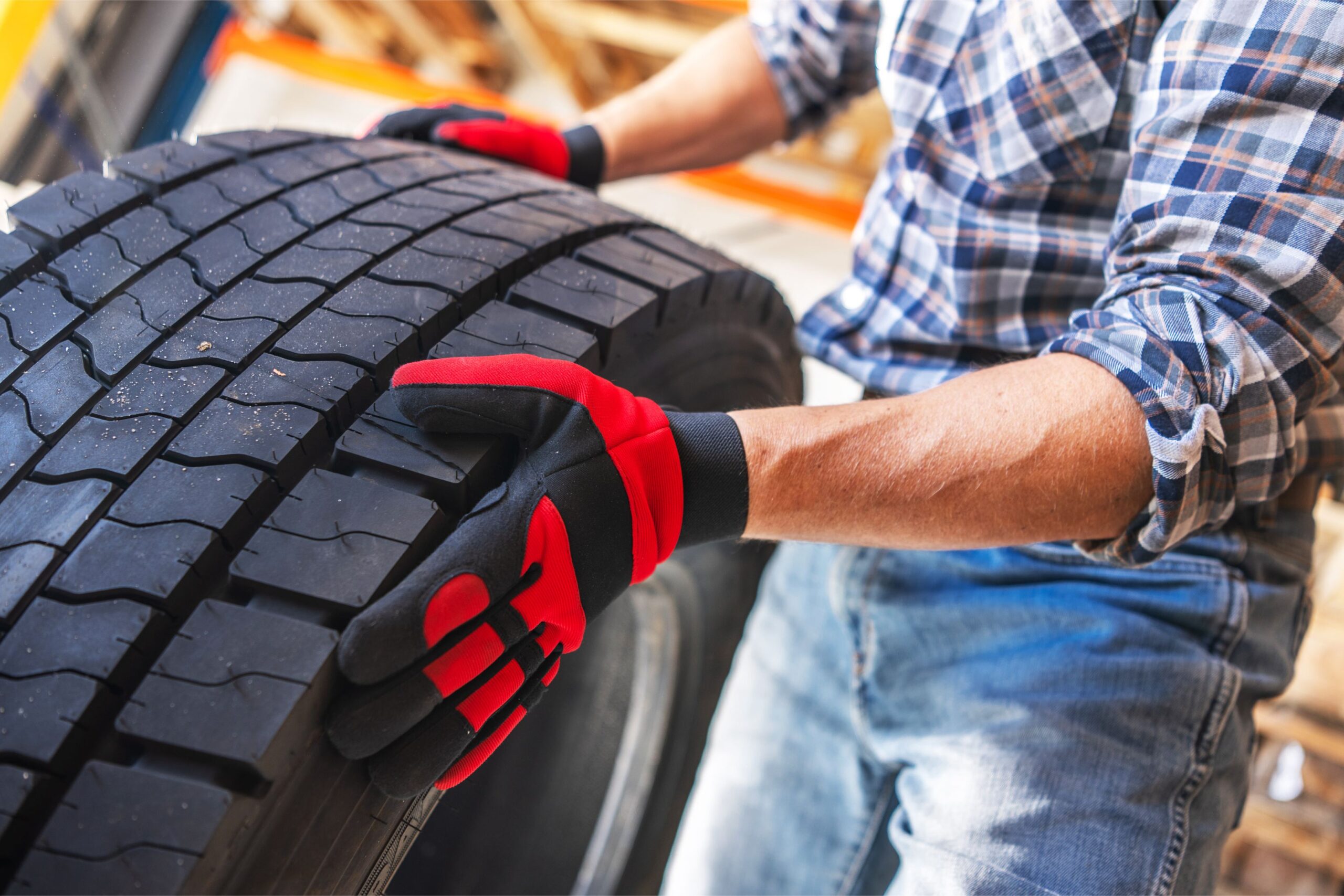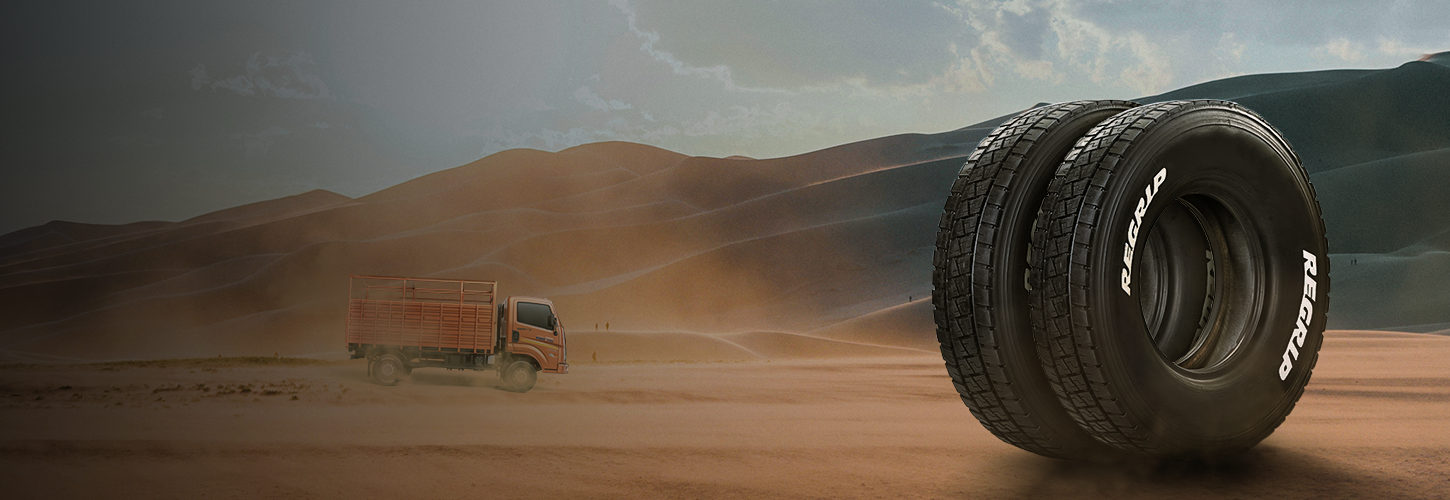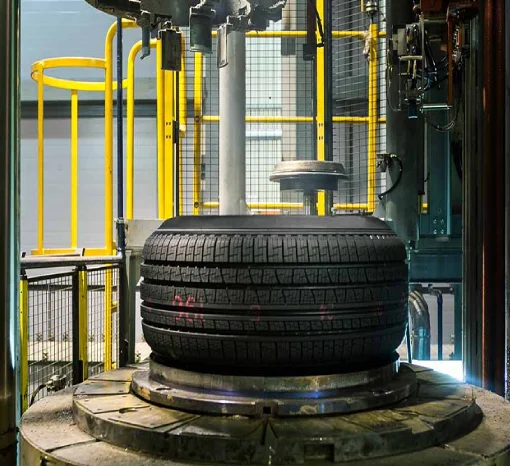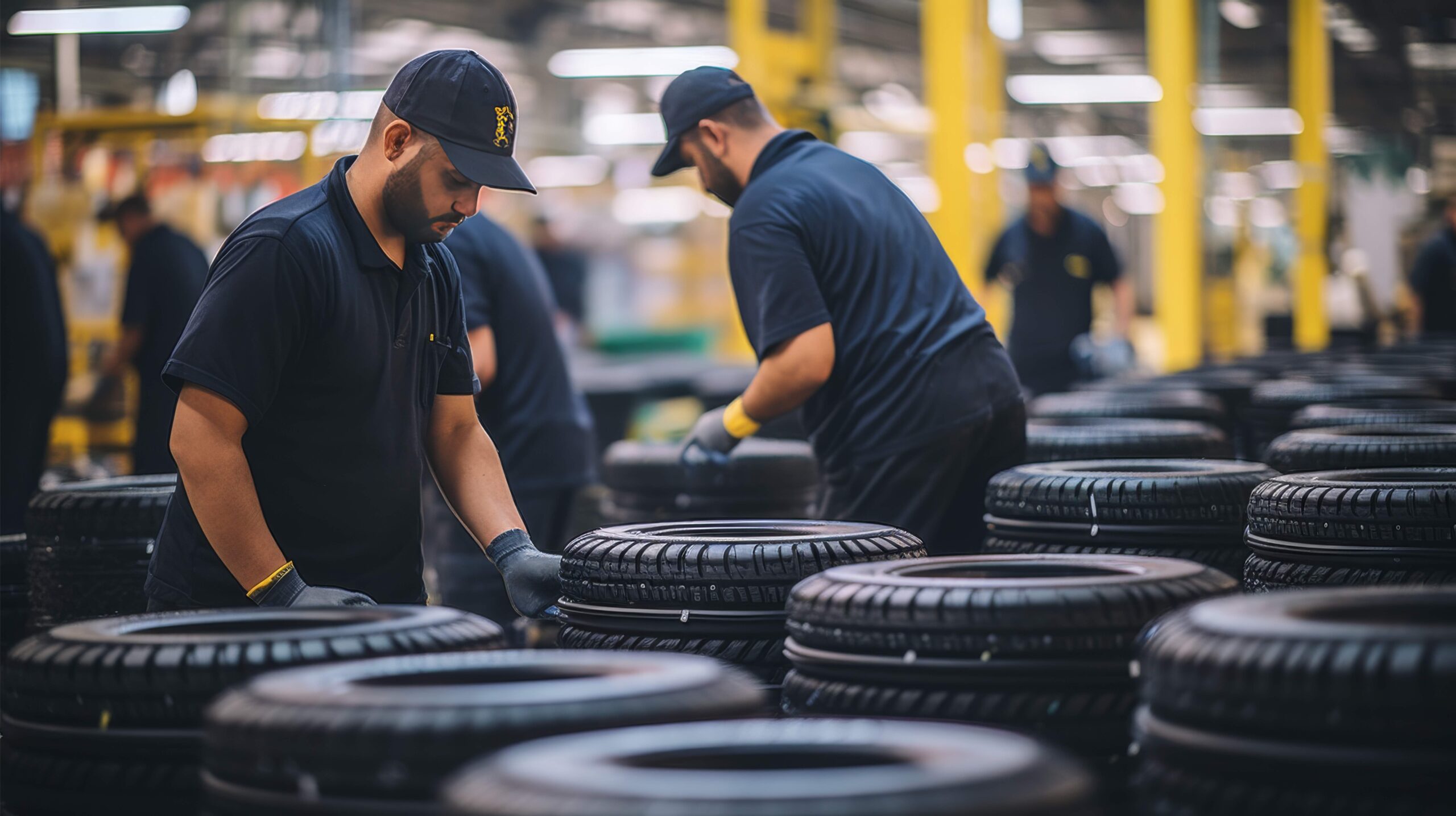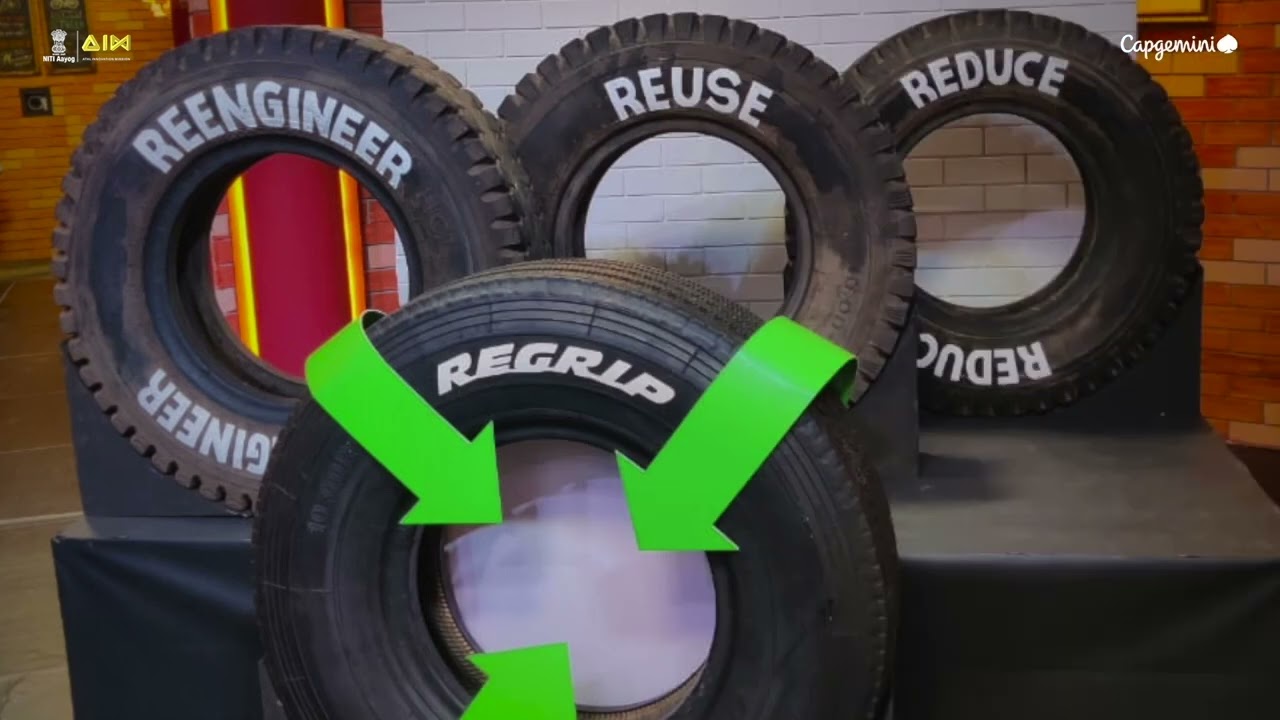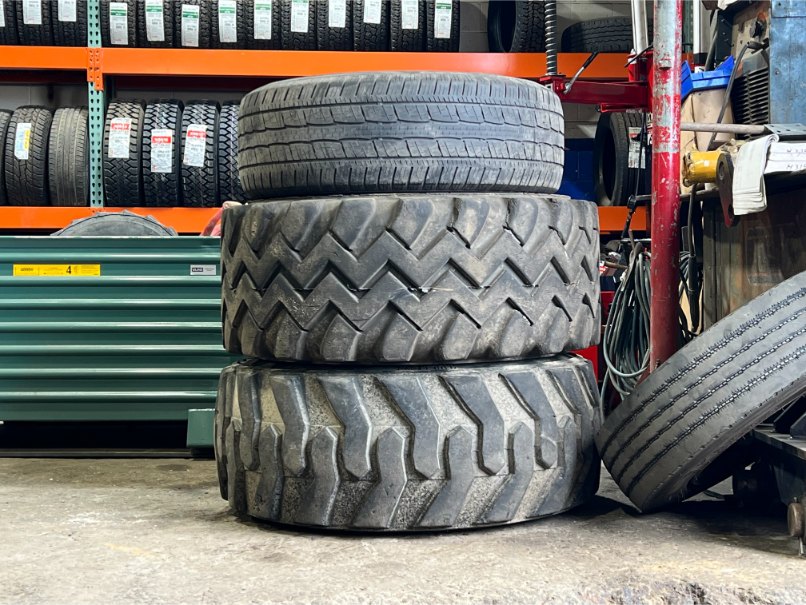
We often focus on the engine’s roar or the sleek design of our vehicles, but the unsung heroes quietly working beneath are our tyres. They are the crucial point of contact between our vehicles and the road, and their condition significantly impacts safety, fuel efficiency, handling, and overall driving experience. Neglecting tyre maintenance is like neglecting the foundation of your vehicle. Two fundamental aspects of tyre care that are often overlooked but play a pivotal role in optimal vehicle performance are tyre rotation and regular pressure checks.
Think of your tyres as a team of four athletes, each playing a specific role. However, due to the dynamics of driving – such as engine weight distribution, steering, and braking forces – some “players” tend to work harder than others. The front tyres, for instance, bear the brunt of steering and often experience more wear due to braking. This leads to uneven wear across all four tyres, potentially compromising their performance and lifespan. This is where the simple yet effective practice of tyre rotation comes into play.
Tyre rotation involves periodically changing the position of each tyre on your vehicle, following a specific pattern recommended by your vehicle manufacturer or tyre supplier. This seemingly basic procedure offers a multitude of benefits that contribute directly to enhanced vehicle performance.
Firstly, and most significantly, tyre rotation promotes even tread wear. By distributing the workload more uniformly across all tyres, you prevent premature wear on specific tyres. This not only extends the overall lifespan of your tyre set but also ensures that all tyres maintain a more consistent level of grip and traction. Imagine running a race with one shoe more worn than the other – it would impact your balance and speed. Similarly, uneven tyre wear can lead to compromised handling, especially during critical maneuvers like cornering and braking. Regular rotation ensures a balanced and predictable response from your vehicle.
For vehicles equipped with all-wheel-drive (AWD) or four-wheel-drive (4WD) systems, even tyre wear is even more crucial. These sophisticated drivetrains rely on all tyres having a similar circumference to function optimally. Uneven wear can put undue stress on expensive drivetrain components, potentially leading to costly repairs down the line. Tyre rotation acts as a preventative measure, safeguarding the longevity of your vehicle’s critical systems.
Beyond extending tyre life and improving handling, tyre rotation also provides an excellent opportunity for a visual inspection of your tyres. During the rotation process, you can check for any signs of damage, such as cuts, bulges, or embedded objects. Identifying and addressing these issues early can prevent potential blowouts and ensure your safety on the road.
While tyre rotation focuses on even wear, maintaining the correct tyre pressure is another cornerstone of optimal vehicle performance. Tyres are designed to operate at a specific pressure, measured in pounds per square inch (PSI). This recommended pressure is usually found on a sticker inside your driver’s side doorjamb or in your vehicle’s owner’s manual.
Driving with underinflated tyres is a common issue that can significantly hinder your vehicle’s performance and safety. Underinflated tyres have a larger contact patch with the road, leading to increased friction. This increased rolling resistance results in reduced fuel efficiency, forcing your engine to work harder to move the vehicle. Furthermore, underinflated tyres can lead to overheating, increasing the risk of tyre failure, especially during long drives or in hot weather. Handling can also become sluggish and less responsive, impacting your ability to control the vehicle effectively.
Conversely, overinflated tyres can also negatively affect performance. While they might offer slightly improved fuel efficiency in some cases, they reduce the contact patch with the road, leading to decreased traction and braking performance. The ride can also become harsh and uncomfortable, as the tyres are less able to absorb bumps and irregularities in the road surface. Moreover, overinflation can make the tyres more susceptible to damage from impacts, as the sidewalls are more rigid.
Regularly checking your tyre pressure, ideally at least once a month and before long journeys, is essential for maintaining optimal vehicle performance, safety, and fuel economy. Investing in a good quality tyre pressure gauge is a small price to pay for the significant benefits it provides. Remember to check the pressure when the tyres are cold, as driving warms up the air inside, leading to a higher reading.
Companies like Regrip (regrip.in), while specializing in re-engineered tyres for heavy commercial vehicles, understand the fundamental importance of proper tyre maintenance for maximizing tyre life and ensuring safe operations. Their focus on providing economical and high-performing tyre solutions highlights the value of extending tyre lifespan through practices like regular rotation. While their primary focus might be on commercial fleets, the core principles of tyre care apply to all vehicles.
In conclusion, tyre rotation and regular pressure checks are not just routine maintenance tasks; they are vital practices that directly impact your vehicle’s performance, safety, and longevity. By taking the time to rotate your tyres and ensure they are inflated to the correct pressure, you are investing in a smoother, safer, and more efficient driving experience. So, make these unsung heroes a priority, and you’ll undoubtedly feel the difference in your vehicle’s performance and your peace of mind on the road.


